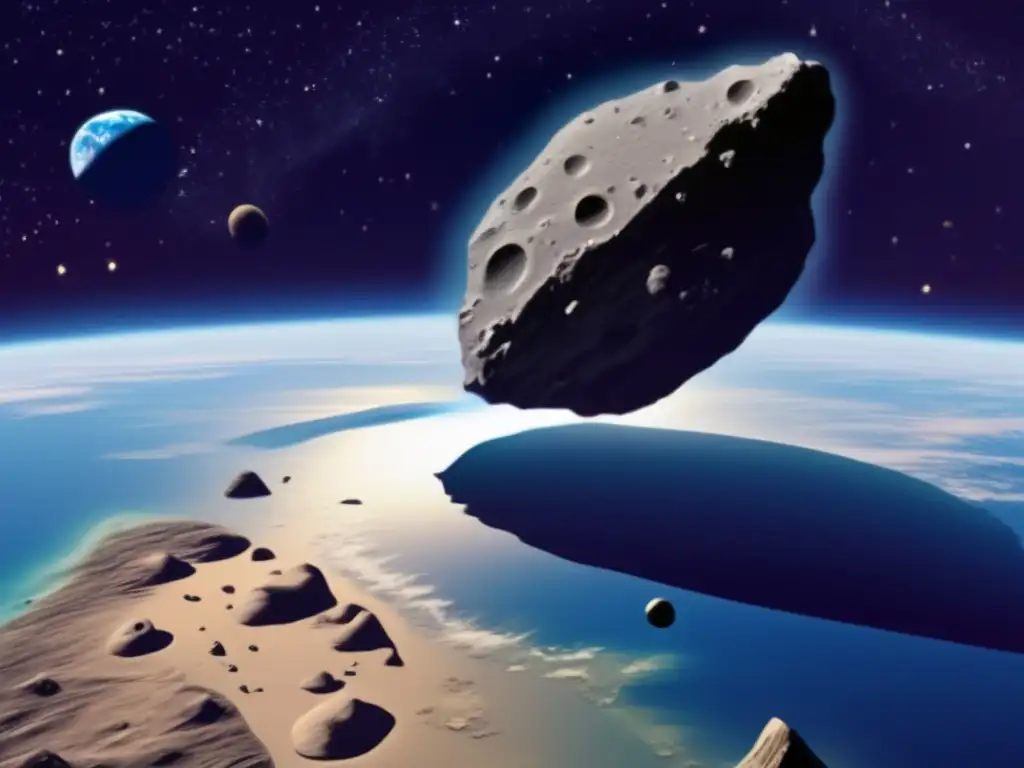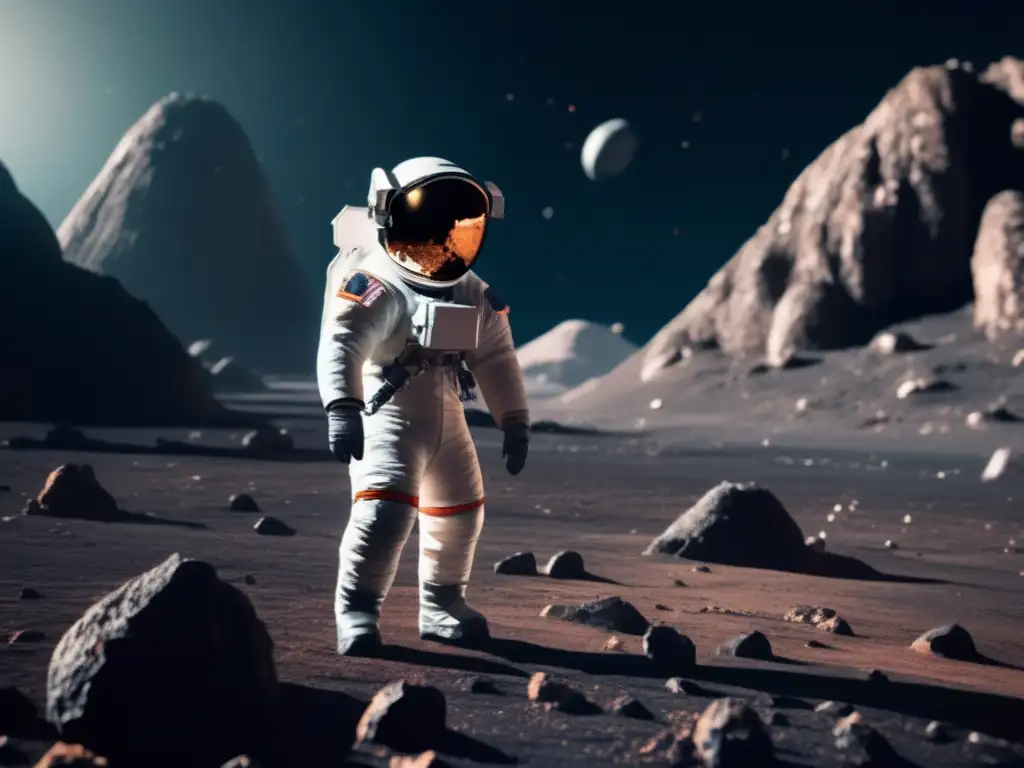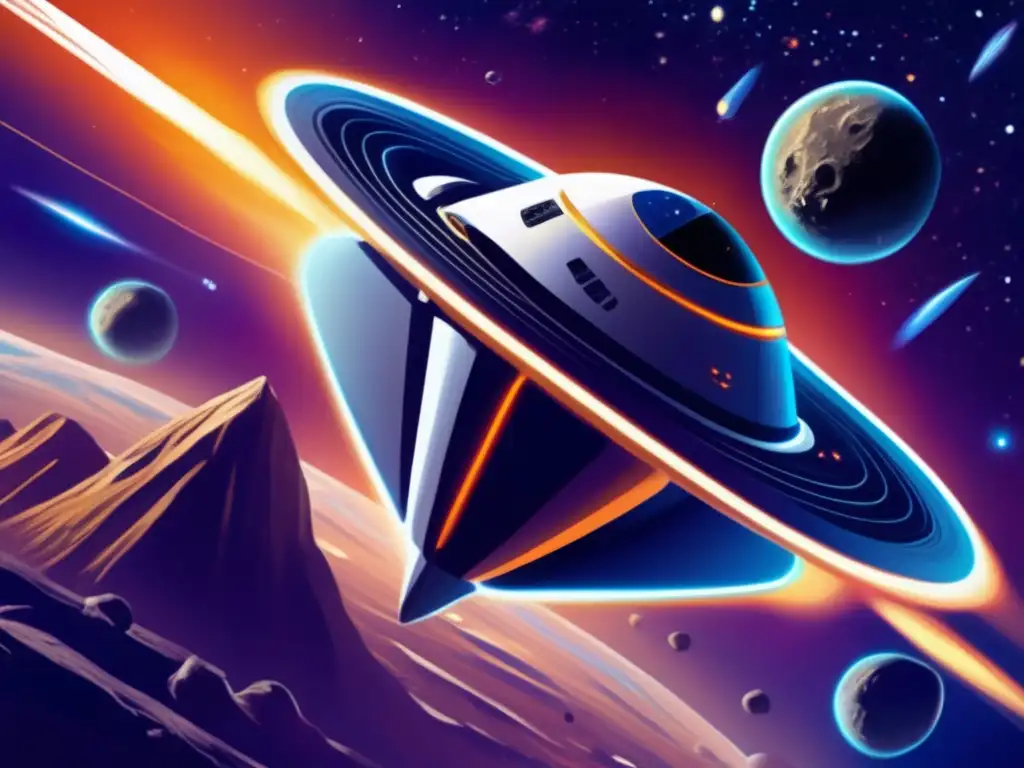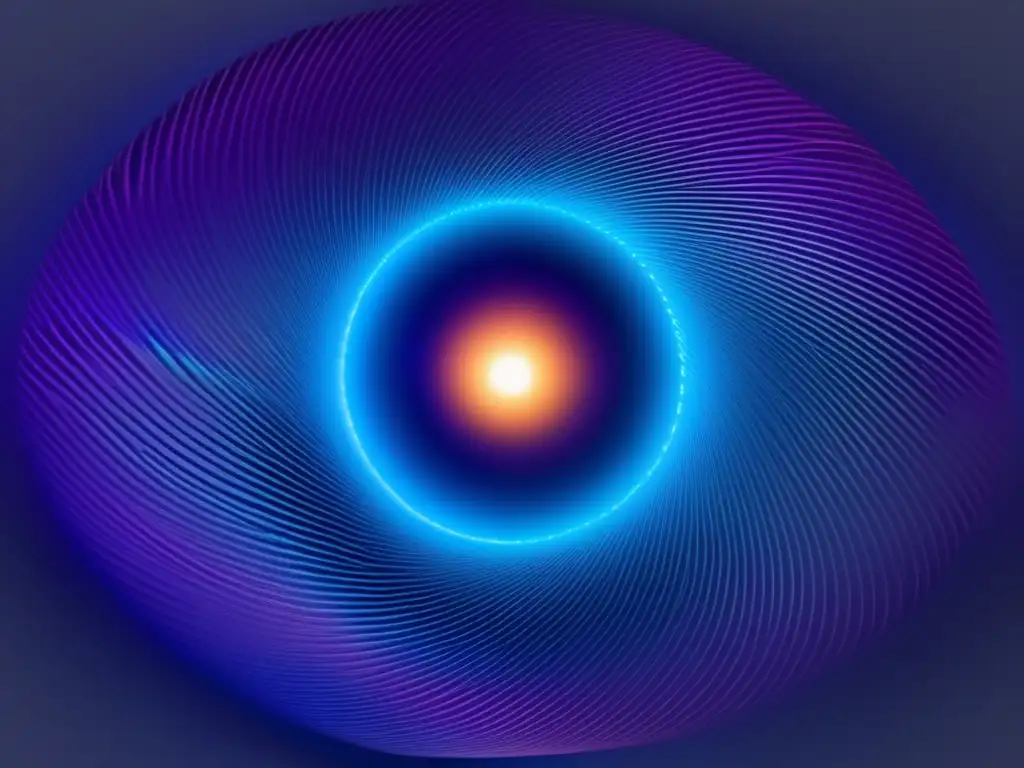The Discovery And Exploration Of The Asteroid Itokawa

Introduction
The asteroid Itokawa, named after Japanese rocket scientist Hideo Itokawa, is a small near-Earth object that has been of great interest to scientists since its discovery in 1998. The asteroid was explored by the Japanese spacecraft Hayabusa in 2005, which returned the first sample of an asteroid to Earth.
Geology and Composition

Shape and Size
Itokawa is an elongated, peanut-shaped asteroid that measures approximately 535 meters in length and 294 meters in width at its widest point. It has a rotational period of about 12.1 hours and a small inclination of just 1.8°.
Surface Features
The surface of Itokawa is covered in boulders, rocks, and regolith (loose soil and dust) that have been eroded by millions of years of exposure to solar winds and micrometeorite impacts. Scientists believe that the asteroid's unusual shape and surface features are the result of a catastrophic collision with another asteroid in the distant past.
Composition
Analysis of the samples returned by the Hayabusa spacecraft revealed that Itokawa is a rubble-pile asteroid composed of various types of rock, including basalt, olivine, and pyroxene. Its composition is similar to that of some meteorites found on Earth, suggesting that Itokawa may have originated from the same parent body as these meteorites.
Hayabusa Mission

Overview
The Hayabusa mission, launched by the Japan Aerospace Exploration Agency (JAXA) in 2003, was the first spacecraft to orbit and land on an asteroid, as well as the first to return a sample of an asteroid to Earth. The mission's primary objective was to study Itokawa's geology, physical properties, and chemical composition.
Orbit and Landing
Hayabusa arrived at Itokawa in September 2005 and spent several months surveying the asteroid from orbit. In November of the same year, the spacecraft released a small lander called MINERVA that touched down on the surface of Itokawa and transmitted images and data back to Earth. Hayabusa itself made two brief touchdowns on the asteroid's surface in November 2005, using a small sampler horn to collect material from the surface.
Sample Return
After completing its investigations of Itokawa, Hayabusa began its journey back to Earth in 2007 with its precious cargo of asteroid samples. The spacecraft endured numerous technical difficulties during its long journey home, including a malfunctioning ion engine and a fuel leak, but managed to successfully return to Earth in June 2010. The samples collected by Hayabusa have been studied extensively by scientists around the world, providing valuable insights into the origins and evolution of the solar system.
Frequently Asked Questions

-
What is the significance of the Hayabusa mission?
The Hayabusa mission was the first spacecraft to orbit and land on an asteroid, as well as the first to return a sample of an asteroid to Earth. Its findings have provided valuable insights into the origins and evolution of our solar system.
-
What is the composition of asteroid Itokawa?
Analysis of the samples returned by the Hayabusa spacecraft revealed that Itokawa is a rubble-pile asteroid composed of various types of rock, including basalt, olivine, and pyroxene.
-
What was the purpose of the MINERVA lander?
The MINERVA lander, released by the Hayabusa spacecraft, was designed to touch down on the surface of Itokawa and transmit images and data back to Earth.
-
What were some of the challenges faced by the Hayabusa spacecraft during its mission?
The Hayabusa spacecraft endured numerous technical difficulties during its long journey home, including a malfunctioning ion engine and a fuel leak.
-
What have scientists learned from studying the samples returned by the Hayabusa mission?
The samples collected by Hayabusa have provided valuable insights into the origins and evolution of the solar system, as well as the geology, physical properties, and chemical composition of asteroid Itokawa.
Conclusion
The study of asteroids, such as Itokawa, plays a critical role in understanding the origins and evolution of our solar system. The Hayabusa mission was a groundbreaking achievement that provided valuable data and information on Itokawa's geology, physical properties, and chemical composition. With ongoing advancements in space exploration technology, we can continue to uncover new discoveries about our universe and the mysterious objects within it.
Thank you for taking the time to read about the discovery and exploration of asteroid Itokawa. We encourage you to share your thoughts in the comments section and to stay engaged with Asteroid Realm, whether by subscribing, sharing the article on social networks, or other forms of participation.
Additional Resources

To learn more about asteroids and their significance, check out the following resources:
 2014 MU69: Pushing The Boundaries Of Asteroid Exploration
2014 MU69: Pushing The Boundaries Of Asteroid Exploration The Unearthing Of Toutatis: A Potentially Hazardous Asteroid
The Unearthing Of Toutatis: A Potentially Hazardous Asteroid Galileo’s Encounter: Unveiling The Secrets Of Gaspra And Ida
Galileo’s Encounter: Unveiling The Secrets Of Gaspra And IdaIf you want to discover more articles similar to The Discovery And Exploration Of The Asteroid Itokawa, you can visit the Asteroid Discoveries category.
Leave a Reply

Articulos relacionados: